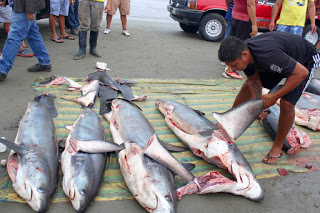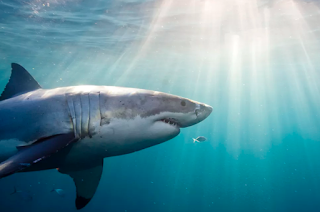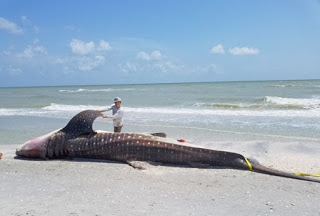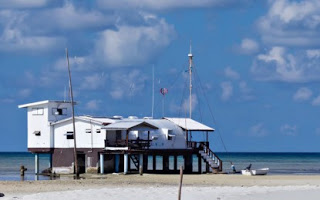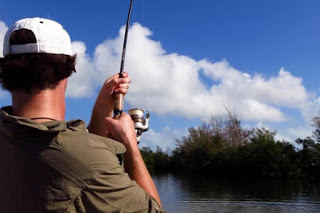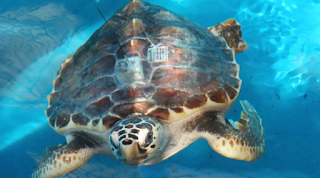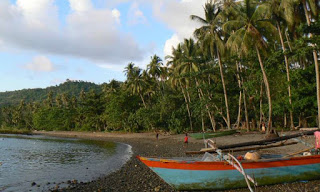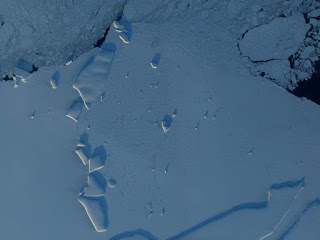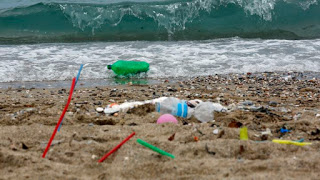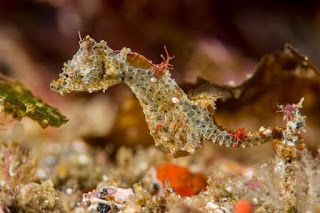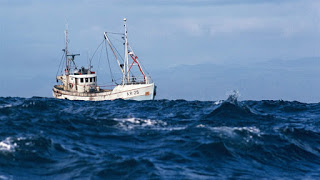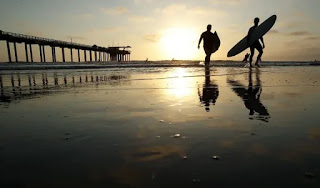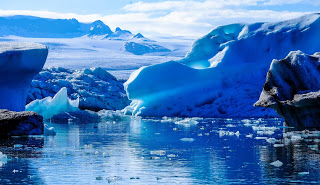1. Whale Hunt in Faroe Islands Turns Sea Red With Blood
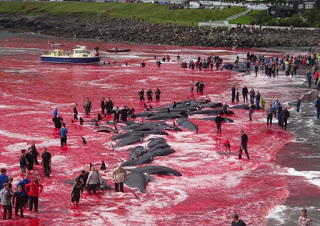 The Faroe Islands are located in the North Atlantic between Norway and Iceland and are made up of 18 tiny islands. Pilot whale meat and blubber are a food source that will help feed the 50,000 Faroese through winter. Locals have been carrying out the annual hunts for centuries, but the gruesome images will likely shock many outsiders. Mr. Ward said he had been stunned by the sheer number of whales in the bay.
The Faroe Islands are located in the North Atlantic between Norway and Iceland and are made up of 18 tiny islands. Pilot whale meat and blubber are a food source that will help feed the 50,000 Faroese through winter. Locals have been carrying out the annual hunts for centuries, but the gruesome images will likely shock many outsiders. Mr. Ward said he had been stunned by the sheer number of whales in the bay.
 So some in Sacramento now are trying to lock those pledges into law — safeguarding the coast from offshore drilling no matter the whims of future administrations. Despite decades of lawsuits and regulations, the state’s ability to block offshore drilling hinges largely on who’s in power in the state Capitol. Even with staunch opposition by Democratic Gov. Jerry Brown and pledges from both candidates vying to be the next governor, future leaders could still allow new drilling if they choose.
So some in Sacramento now are trying to lock those pledges into law — safeguarding the coast from offshore drilling no matter the whims of future administrations. Despite decades of lawsuits and regulations, the state’s ability to block offshore drilling hinges largely on who’s in power in the state Capitol. Even with staunch opposition by Democratic Gov. Jerry Brown and pledges from both candidates vying to be the next governor, future leaders could still allow new drilling if they choose.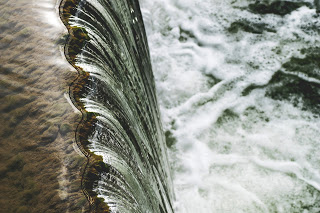 Just two days after President Trump issued an utterly uninformed tweet about the causes of the California wildfires, his ulterior motives began to come into focus. That happened through an order issued Wednesday by Commerce Secretary Wilbur Ross to the National Marine Fisheries Service and its parent agency, the National Oceanic and Atmospheric Administration.
Just two days after President Trump issued an utterly uninformed tweet about the causes of the California wildfires, his ulterior motives began to come into focus. That happened through an order issued Wednesday by Commerce Secretary Wilbur Ross to the National Marine Fisheries Service and its parent agency, the National Oceanic and Atmospheric Administration.Forget the old “shooting the scuba tank” trick. The next time you need to ward off a shark, try wearing a giant magnet. Researchers at Australia’s University of Newcastle have found that attaching magnets to commercial fish traps can successfully ward off sharks and rays, meaning fewer sharks are caught as bycatch. The study, published in Fisheries Research, found that run-of-the-mill magnets could reduce bycatch rates by 30 percent, and lead to a corresponding increase in fish being caught by commercial fish traps.
Read more…
Florida’s governor this week made official what residents of southwest Florida already knew: The bloom of toxic algae that has darkened gulf waters is an emergency. The red tide has made breathing difficult for locals, scared away tourists, and strewn popular beaches with the stinking carcasses of fish, eels, porpoises, turtles, manatees and one 26-foot whale shark. Gov. Rick Scott (R) late Monday declared a state of emergency in seven counties stretching from Tampa Bay south to the fringe of the Everglades. Scott promised $1.5 million in emergency funding.
Genetic analysis of 9,200 shark fin by-products in Hong Kong reveals that several threatened shark species are still common in the fin trade after being listed on the Convention on International Trade in Endangered Species of Wild Fauna and Flora (CITES). Hong Kong is one of the world’s largest importers of shark fins, which are used to make the delicacy shark fin soup.
13. We Know West Antarctica is Melting. Is the East in Danger, Too?
14. From Starbucks to McDonald’s, These Huge Businesses are Taking Action on Plastic Pollution
15. Extreme Temperatures ‘Especially Likely for Next Four Years’
16. Colorful New Seahorse is the Size of a Grain of Rice
17. New Zealand Becomes the Latest Country to Ban Plastic Bags
20. Scientists Trace Atmospheric Rise in CO2 During Deglaciation to Deep Pacific Ocean

